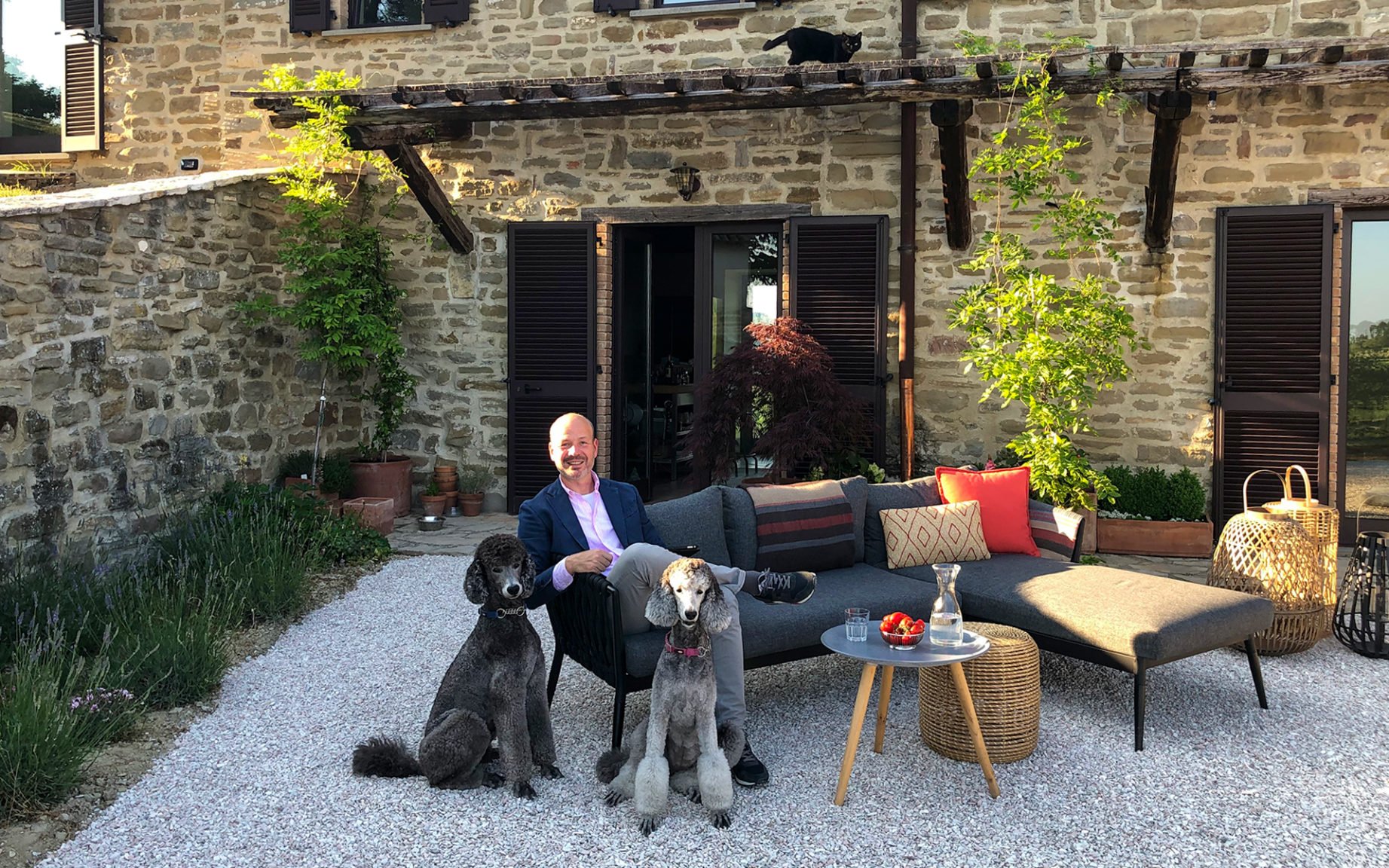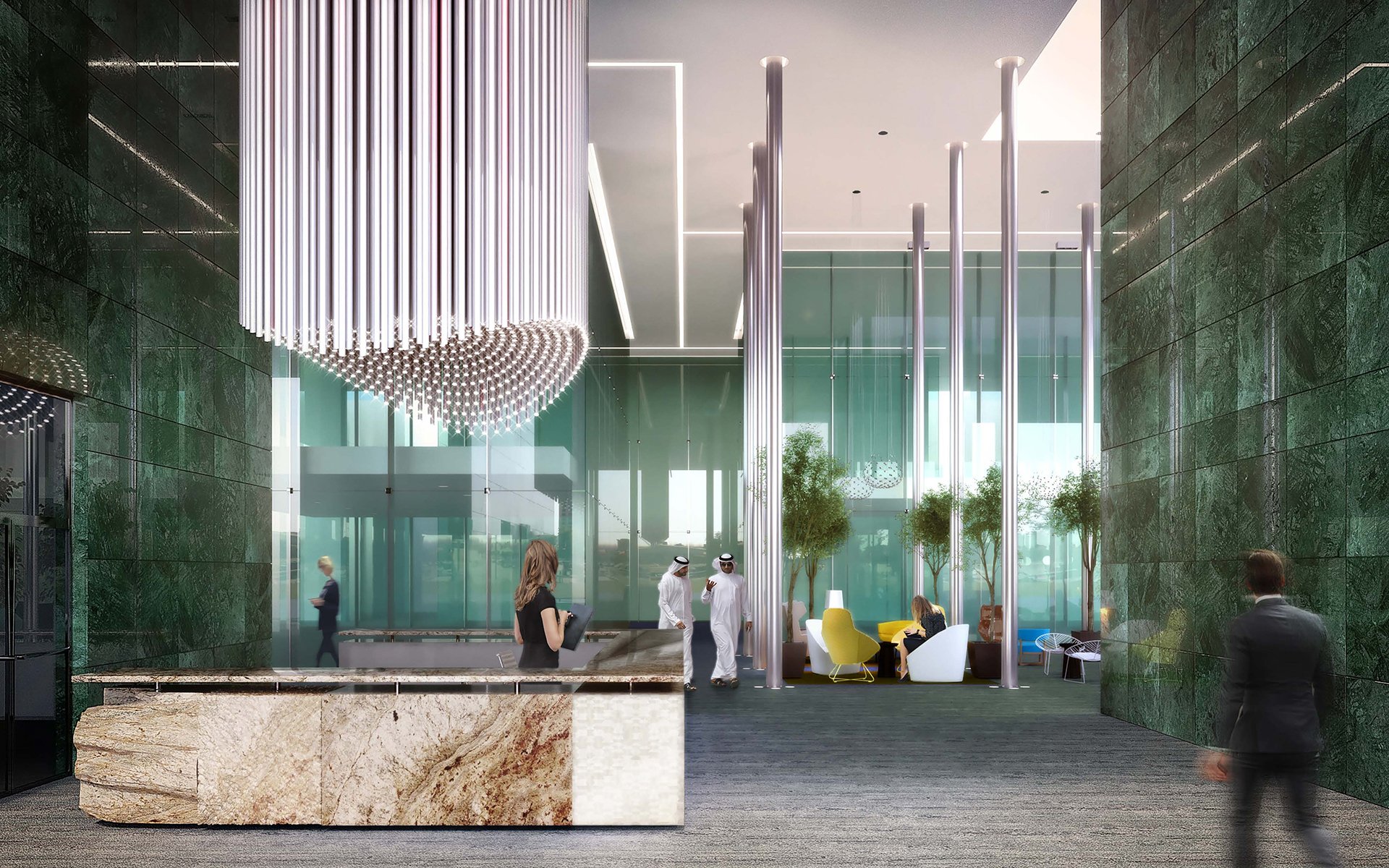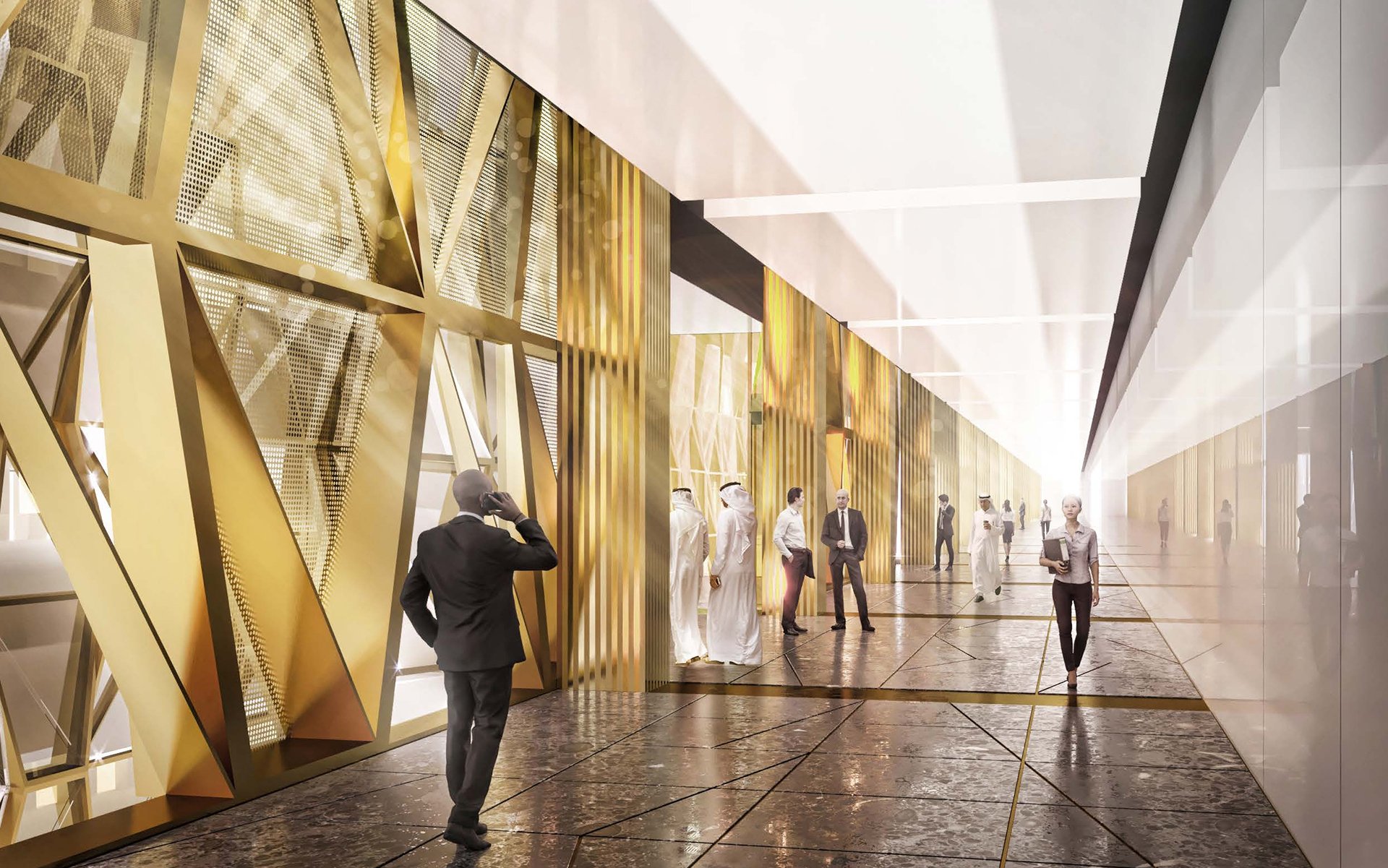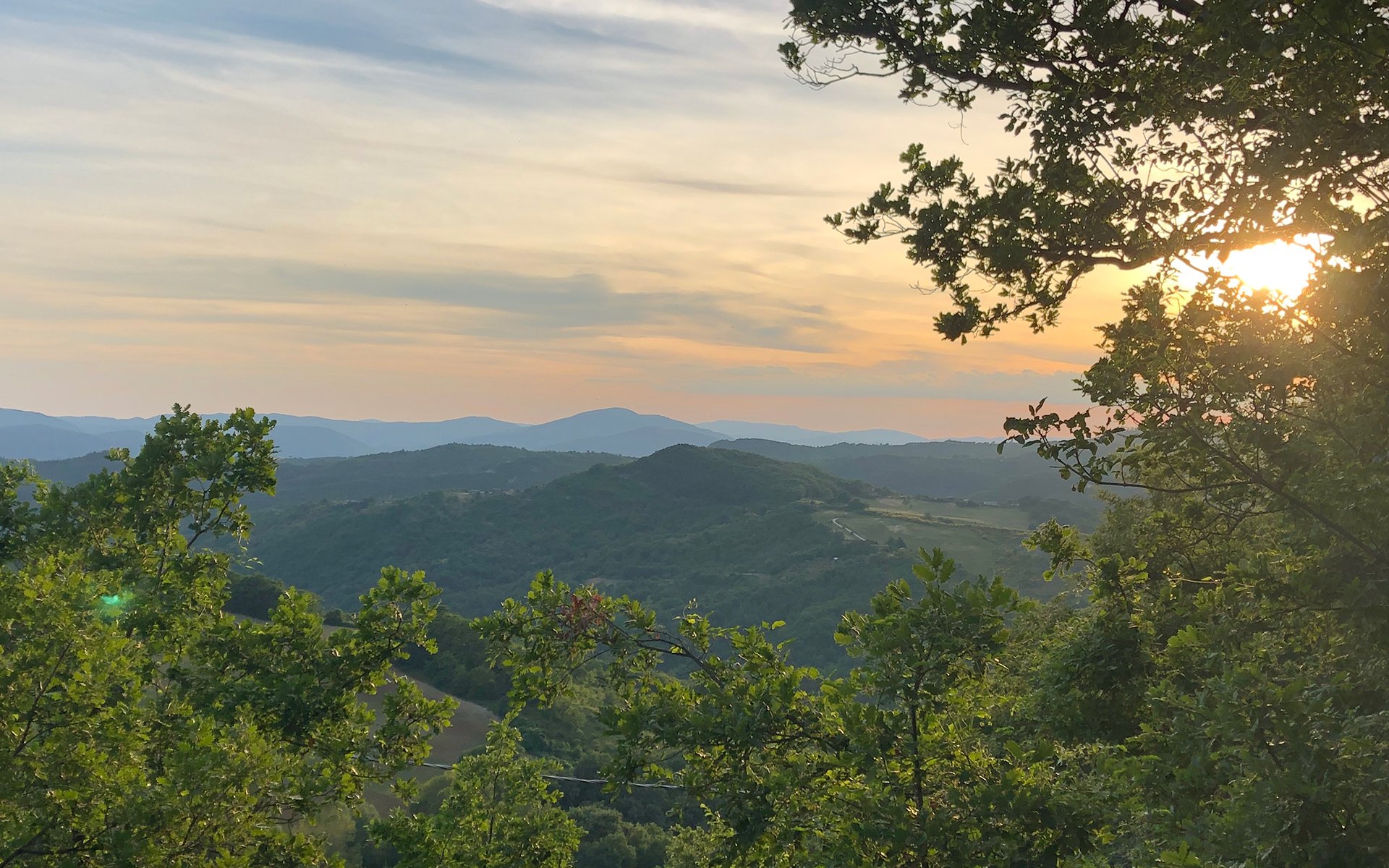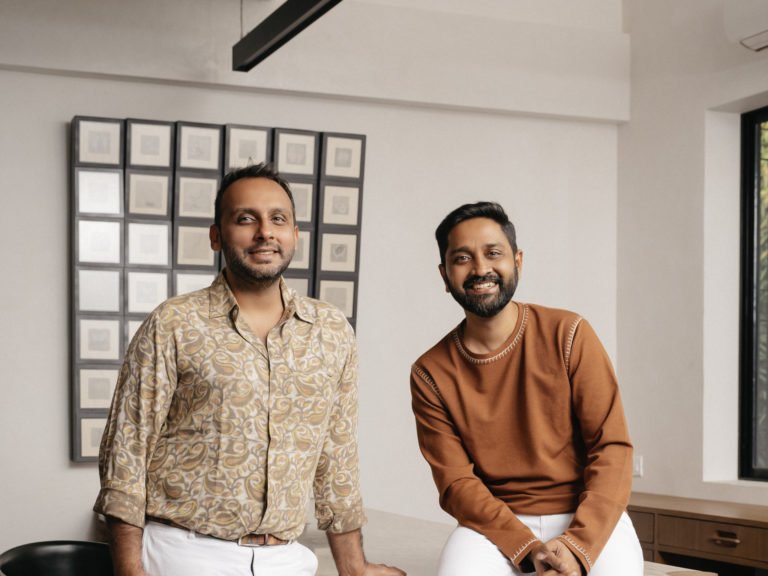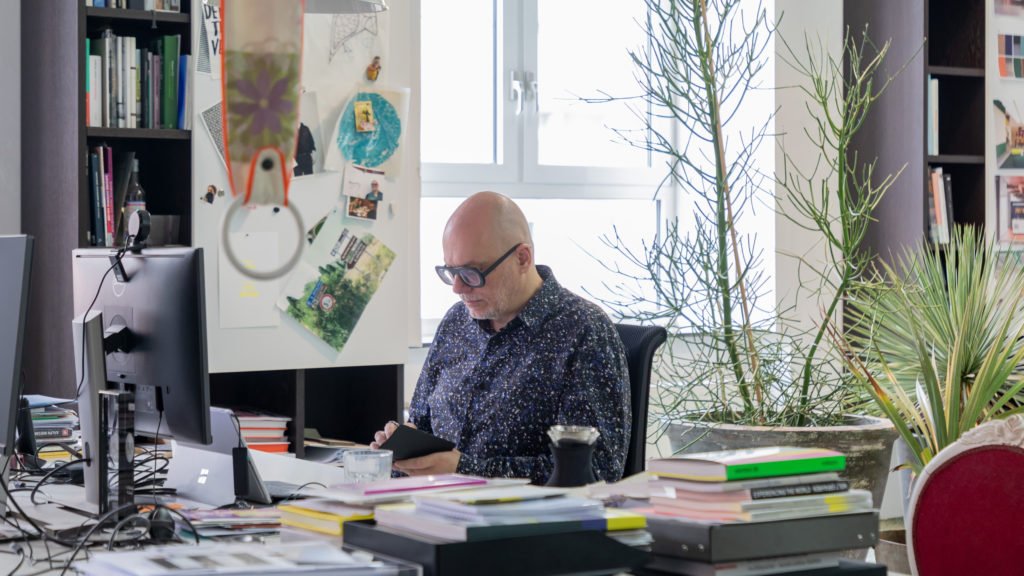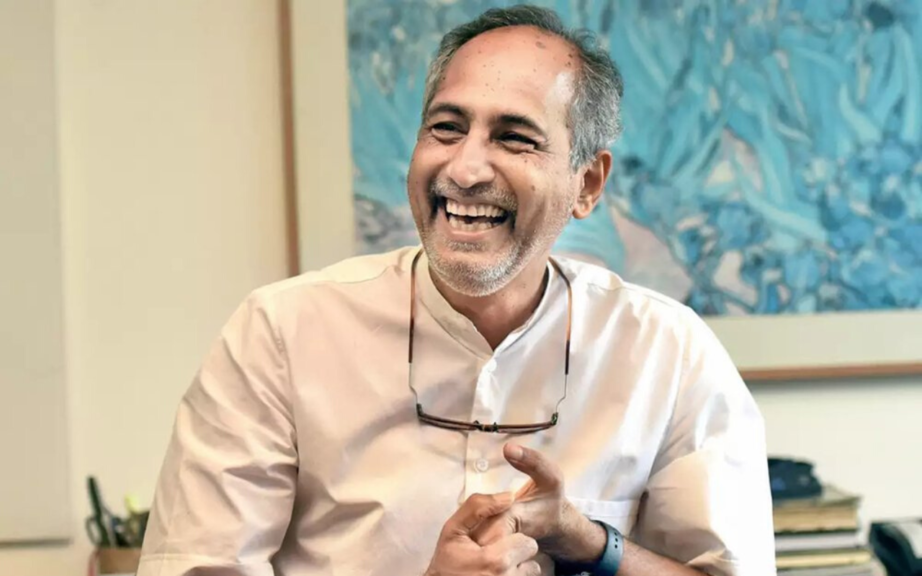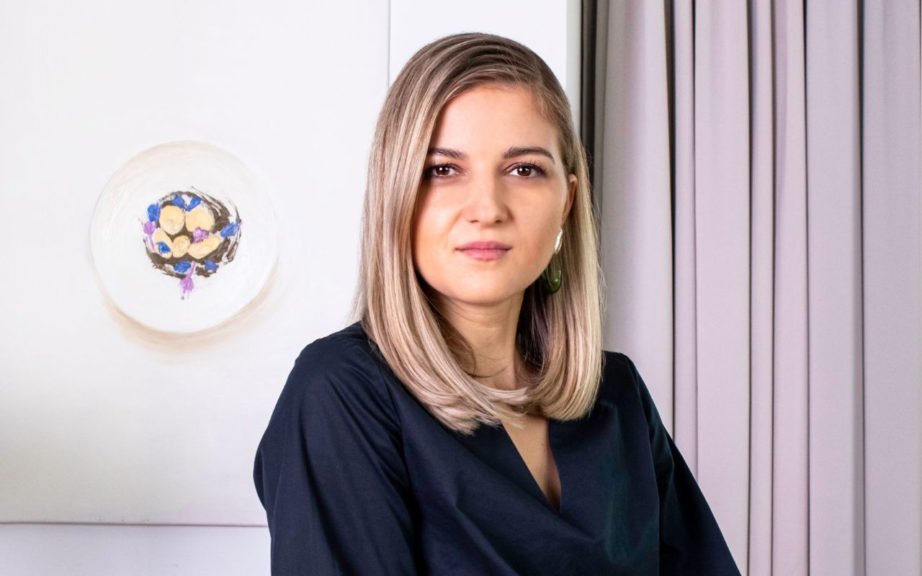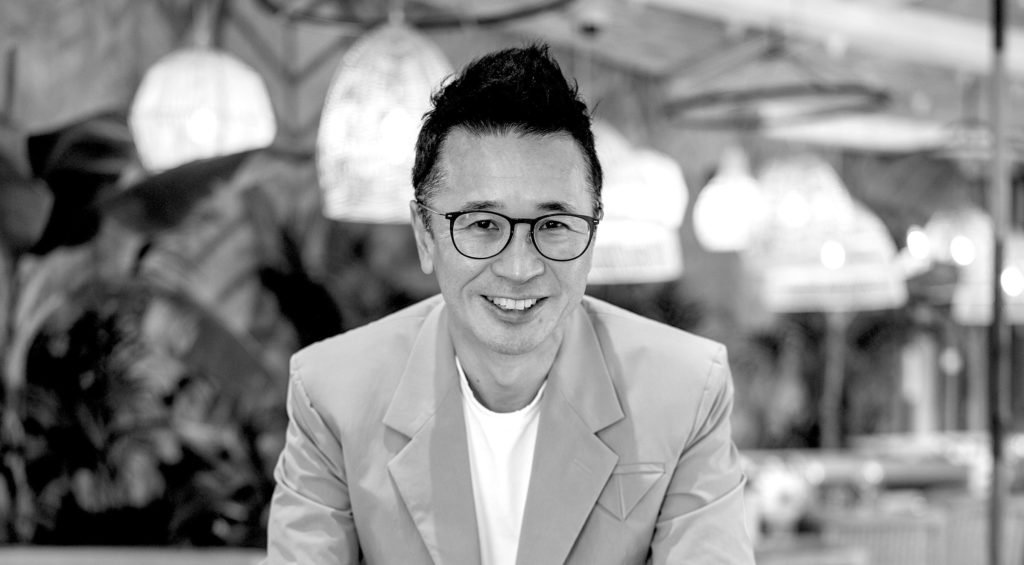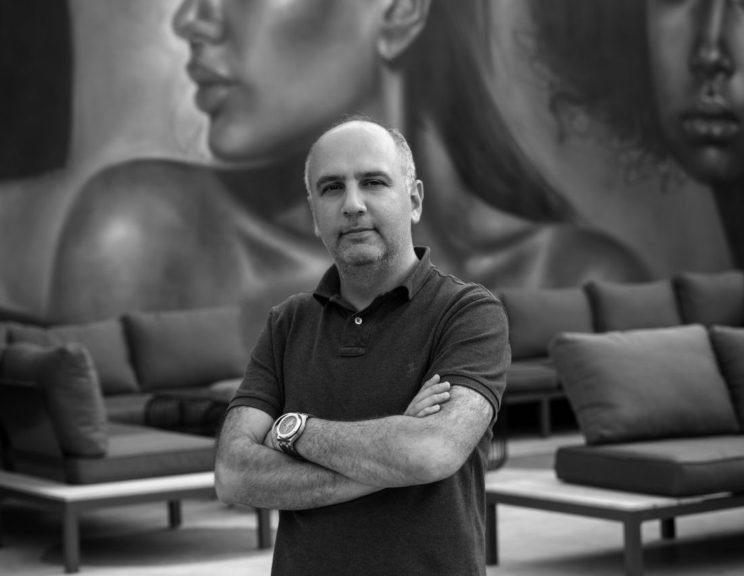Ben Backhouse has been deeply ensconced in the Kuwait design scene for the last decade, heading the interior design department at Pace. His love of historical architecture juxtaposed with a contemporary design brought him to his interview location, an Italian farmhouse that is currently being renovated into his family’s dream home. We speak to him amidst these scenic surrounds, interrupted occasionally by a beautiful pet dog or cat.
Based in Kuwait, British-born interior designer Ben Backhouse has been Head of Interior Design at multidisciplinary firm, Pace, for the last decade. He works across a large spectrum of design projects, ranging from hospitality to healthcare.
Ben has been a designer for 35 years, and he relishes the process of seeing a design through from conception to completion. Having moved around a lot as a child, he was always acutely aware of his surroundings and, in some ways, feels like interior design chose him. Always rising to the challenges in front of him – structural, technological, administerial, he pushes boundaries while remaining true to the aim of each project.
How did your career blossom?
I had always been interested in art and design at school, and also photography at the time. I had just come back from high school in California on a summer break, and my mother found an advert in a local paper of a design company looking for someone to look after the designers – make coffee, sharpen pencils. So of course I went for it and absolutely loved it. After about a year with the company, they offered to send me on a formal drawing course in London. When I completed that course, I was offered a place in Kingston University, and my career pretty much started from there. It (designing) suits me perfectly, I can’t imagine doing anything else.
After Kingston, I was writing to different architectural practices in the UK. At the time, my brother’s friend had a small design firm in Germany and he asked me to come and work with them. They had all the latest computer technology at the time. So I was drawing in 3D and we were working on computers I’d never have had the chance to otherwise experience in the mid to late nineties.
While I was in Germany I continued applying to firms in London. There was one particular interior architect who had completed a beautifully executed project on Piccadilly. He invited me back in the summer to work on a big commercial project in London. That was my first formal experience with commercial design, and a great project to cut my teeth on. We removed one entire floor and completely refurbished it from top to bottom. I loved working with David – his was a really small firm, so it gave me the opportunity to have full responsibility, far more than I would ever have had in a larger firm.
After that, I felt I needed to experience a large architectural firm, so I went to a company called Lewis and Hickey, and joined their interiors team in London. I worked my way up and eventually they gave me a directorship. This was my first opportunity to run a business, as well as design.

